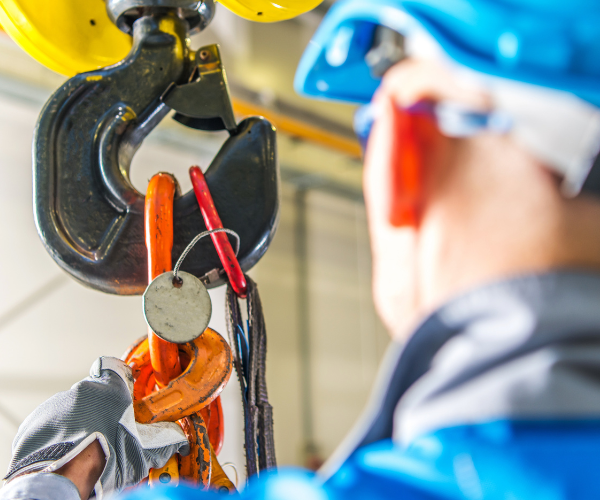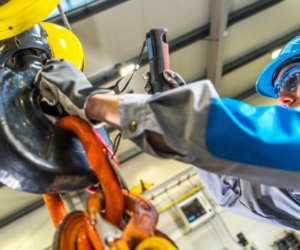Understanding Rigging Basics in Construction
Below-the-hook equipment is critical for safely and efficiently handling heavy loads on construction sites. Proper maintenance of this equipment not only ensures operational safety but also extends its lifespan. This blog explores essential maintenance practices for different types of below-the-hook equipment, such as slings, clamps, hooks, and magnets.
Routine Inspection
Regular inspections are crucial for maintaining the integrity of below-the-hook equipment. Before each use, check for visible damage, wear, or deformation. Look for issues like frayed wires in wire rope slings, cracks in hooks, or irregularities in clamps and magnets. Additionally, conduct detailed inspections periodically, as recommended by the manufacturer.
Cleaning and Storage
Keeping your below-the-hook equipment clean is essential. Remove debris, dust, or corrosive substances that could degrade the materials. Ensure proper storage in a dry, covered area to prevent rust and corrosion, and organize the equipment to avoid damage.
Lubrication and Corrosion Protection
Regular lubrication of moving parts is critical to maintaining functionality and extending the equipment’s life. Use the recommended type of lubricant, and apply anti-corrosion measures, especially if the equipment is used or stored in harsh environments.
Load Testing and Calibration
Regularly test your equipment to ensure it can safely handle the maximum rated load. For devices like lifting magnets, regular calibration is crucial to maintain operational efficiency and capacity.
Repair and Replacement
If damage occurs, have repairs done by qualified professionals. Recognize when equipment should be replaced—if it fails an inspection or shows significant wear, replace it immediately to maintain safety standards.
Training and Documentation
Ensure that all personnel involved with rigging operations are properly trained. They should know how to inspect, maintain, and safely operate the equipment. Keep detailed records of inspections, maintenance, and any repairs or replacements for compliance and safety audits.
Special Considerations for Specific Equipment
- Concrete Buckets: Check for cracks and clean out residual concrete after each use.
- Self-Dumping Bins: Inspect hinges and ensure the safety latch is functional to prevent accidental releases.
- Self-Leveling Pallet Forks: Regularly check and maintain the leveling mechanism and fork integrity.
- Spreader Bars: Inspect for bending or cracking, particularly on end fittings like hooks and shackles.
Conclusion
Regular maintenance of below-the-hook equipment is vital for safe and efficient operation on construction sites. By adhering to these maintenance practices, you can reduce the risk of accidents and extend the lifespan of your equipment.
For those looking to purchase or rent high-quality below-the-hook equipment, consider exploring the options available at reputable suppliers like Bigfoot Crane. They offer a range of products designed to meet the demanding needs of modern construction projects, ensuring both reliability and safety.



